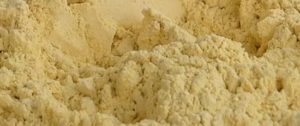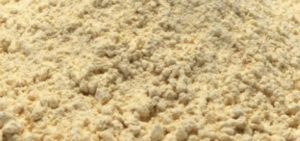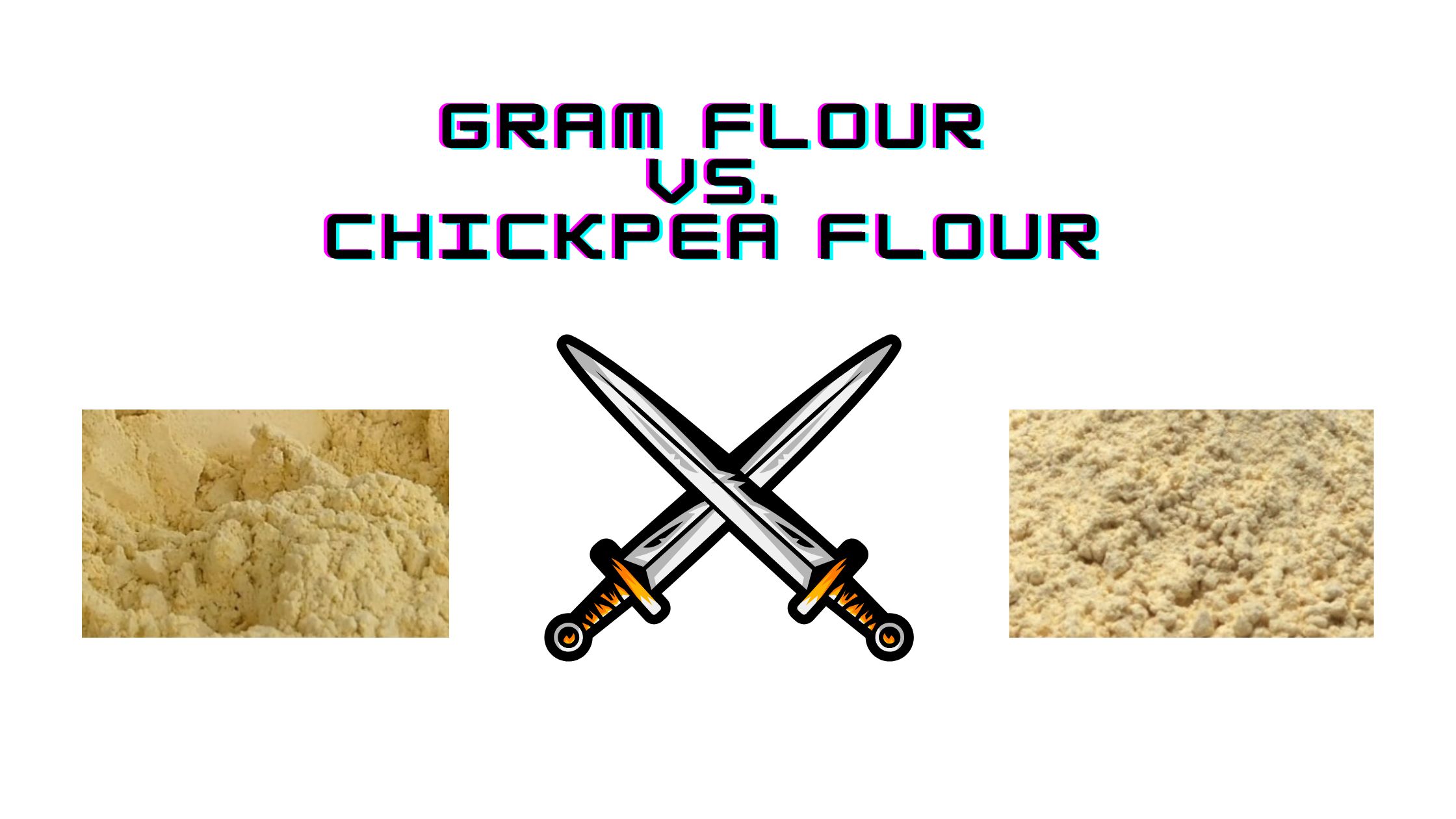The difference between chickpea flour and gram flour has been a source of confusion for some time. Even though there are so many similarities between them, there is research that states they are not the same.
What do you know about gram flour and chickpea flour? Is gram flour the same as chickpea flour? There is a lot we can say about these two including the fact that they are both staples for most Indian dishes. However, it is important to understand how they differ from each other.
We have prepared this post to help explain gram flour vs. chickpea flour. We will discuss all the similarities and differences you should be familiar with. Let’s get to it.
Explaining Gram Flour and Chickpea Flour
One similarity we have figured out between these two is that they are made using garbanzo bean, which is a chickpea bean. Even though they are made using chickpea beans, they are made using different varieties of chickpea beans. They might even have the same nutritional value.


The Difference
In different countries, they are similar. You will constantly find people using these two names interchangeably.
Regardless, in India and some other countries, chickpea flour is not the same as gram flour. While the gram flour is made using brown chickpeas, chickpea flour is made using white chickpeas.
But that is not the only difference there is. Gram flour – also known as besan – is ground finer compared to chickpea flour. What’s more, it requires less water. Chickpea flour needs more water for a certain level of consistency to be achieved. That is mainly because it is coarse.
As for their flavors, they are distinct. When you are using them in a recipe interchangeably, this is one thing that you should account for.
Can you use one to substitute another? Well, you can. However, they might work perfectly to replace each other in certain recipes but will need some alterations in other recipes.
Nutritional Differences
When it comes to nutritional differences, chickpea flour is higher in manganese, folate, copper, fiber, vitamin B6, and vitamin B5, while gram flour is higher in selenium, vitamin B3, vitamin B1, and vitamin B2. Chickpea flour also provides 897% more of the daily recommended amount of manganese, and 12 times more vitamin B6 than gram flour.
One cup of chickpea flour, weighing 92 grams, provides 356 calories, 21 grams of protein, 6 grams of fat, and 53 grams of carbohydrates, including 10 grams of fiber.
In conclusion, both gram flour and chickpea flour are nutritious, but chickpea flour has slightly higher levels of certain essential vitamins and minerals. Ultimately, the choice between the two will depend on personal preference and the specific dietary needs and goals of the individual.
Taste and Texture
Gram flour and chickpea flour, despite being similar in many aspects, do have some differences in taste and texture. Gram flour is made from brown chickpeas and ground finer compared to chickpea flour, which is made from white chickpeas and has a coarse texture.
As a result, gram flour has a smoother texture and is better suited for making dishes that require a smooth consistency, such as pakoras, while chickpea flour is perfect for recipes that require a more coarse texture, such as falafel.
Additionally, gram flour has a nuttier and slightly bitter taste compared to chickpea flour, which has a milder and slightly sweeter flavor profile. Regardless of these differences, both gram flour and chickpea flour are great alternatives to wheat flour for those on a gluten-free diet and are highly versatile in various cuisines.
Can Chickpea Flour or Gram Flour be used to make bread?
You can use these two types of flour to make bread. However, since they do not have gluten, you can use it to make flatbreads. Regardless, they can easily make some tasty bread.
However, you cannot make risen bread using them because they are free of gluten. They will give you amazing protein and fiber levels when added to wheat flour loaf. When too much is added, there are chances of compromising the gluten structure.
If you want to use any of the two in yeast bread, you will need to mix it with flour that has some gluten. That might include bread flour or wheat flour. The percentage should be around 17% or below of the mixture with wheat or bread flour.
Can you eat chickpea/gram flour raw?
Yes, chickpea flour is perfectly safe to eat raw. In fact, it’s a popular ingredient in Indian cuisine, where it’s often used to make flatbreads like roti and chapati.
However, just because you can eat chickpea flour raw doesn’t mean that it’s going to taste good. On its own, chickpea flour has a rather strong flavor that some people find unpalatable.
If you’re going to eat chickpea flour raw, I recommend mixing it with other flour or using it as a coating for vegetables or fruits. This will help to mask the strong flavor and make the dish more palatable.
Conclusion
The gram flour vs. chickpea flour difference can bring some confusion easily. However, they are almost the same, including their nutritional profile. For them to be used interchangeably, you might need to make some alterations. Let us know about your experience with any of these two.
Also, read:
- Is Lupin Flour The Same As Almond Flour?
- Can I Substitute Chickpeas For Hominy?
- Is Hazelnut Flour The Same As Almond Flour?
Feel free to share your observations with me in the comments section!
Also, if you find the information in this post to be useful, be sure to share this post with your friends on Facebook, Twitter, and Pinterest!




